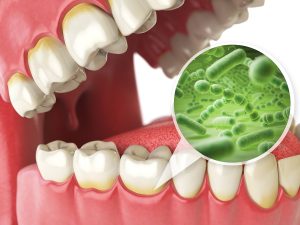In order to exercise regularly, you need consistency with exercise. Many of us have made a New Year’s exercise resolution, but later gave up, because we decided to have other priorities.
A new publication examined why we often fail maintaining a regular exercise pattern. It was reviewed by CNN in this article:
Often with New Year’s come the resolution to exercise regularly. It seems to be the result of overdoing things during the holidays: too many parties, too many drinks, too much turkey dinner. But within a few weeks only 46% are only continuing to exercise, 54% stop doing it. Within the adult population in the United States 80% are not getting the minimum weekly 150 minutes of moderate-to-vigorous exercise that they would need for good health. This is what the World Health Organization is recommending.
What can we do to belong to the successful minority that exercises regularly?
Figure out why you want to exercise
First of all, you need consistency with exercise and we need to be aware why regular exercise is important. Many people think exercise would cause weight loss. But it is not leading to that much weight loss at all! What is more important is the fact that it is reducing the overall mortality from many diseases by up to 47%! Exercise also improves blood sugar control, energy levels and sleep patterns. There are also hidden benefits as the heart is being conditioned and the lungs are improving their vital capacity from regular exercise, particularly aerobic exercises like running or using a treadmill. But muscle strength also benefits from regular exercise.
Change your mindset
Many people don’t consider themselves as “exercisers” and they lack the confidence of being able to exercise regularly. You need to re-program your mindset, but this may not be easy and you need consistency with exercise. You may want to set smaller goals that you can easily achieve. Over time you gradually increase your exercise goals. By actually doing some exercise regularly, you will overcome your temptations to quit exercising. Be flexible, as you may sometimes be faced with barriers to exercise as originally planned. Instead of going to the gym you may want to go for a brisk walk instead. As time goes on you will get regular exercise built into the routine of your day. Consider it as time for yourself and for your health.
Building a better exercise pattern
You want to build a strong pattern of exercising regularly. This way you do not have to decide whether or not you want to exercise today. When exercising is a habit, you simply do it out of habit. Simple cues like placing your exercise outfit somewhere prominently can help to remind you to exercise. There are other cues that can be useful, as a Canadian study showed.
Elongation of telomeres with regular exercise
Twin studies have shown that regular exercise elongates telomeres, the caps on chromosomes. Here is the explanation. This study showed that regular exercise can make your telomeres 9 years younger compared to a group that does not exercise regularly.
Conclusion
Exercising regularly brings tangible assets to your life in the form of improved cardiovascular fitness and up to 47% decreased mortality due to reducing the overall mortality from many diseases. You also feel more energetic, and other studies have shown that your telomeres get elongated. This translates into 9 years of longer life just because you exercise regularly! If you want more motivation, just stick a message on a wall, where you see it every day. “I’ll live 9 years longer.”












